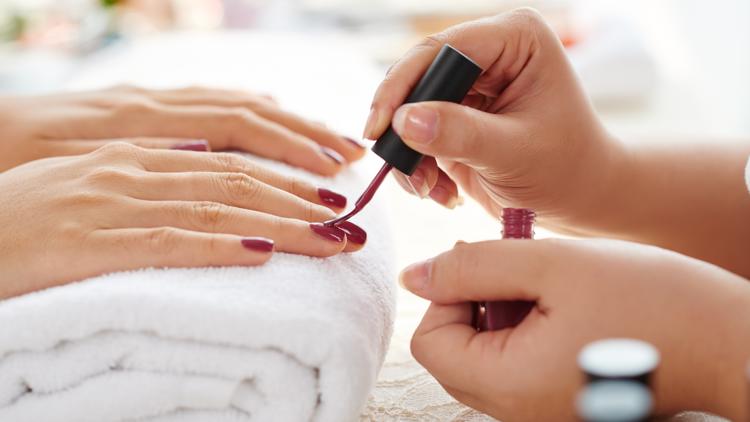SEATTLE — The Washington state Department of Ecology has identified nine common products that contain chemicals it is prioritizing for potential regulation.
Ecology released the list Friday as part of a draft report for which it is seeking public feedback. Once the department has gotten input, it will determine whether it will regulate when the chemicals are used.
The products are “significant” sources or uses of chemical classes that the agency decided it is focused on this review cycle. The products include:
- Artificial turf with 6PPD or polyfluoroalkyl substances (PFAS)
- Nail products, including gels and polish removers, with benzene, ethyl benzene, toluene, and xylene (BTEX)
- Jewelry with cadmium or lead
- Cosmetics with cyclic volatile methylsiloxanes (cVMS)
- Cleaning and household products with formaldehyde releasers or ortho-phthalates
- Bathroom deodorizers with organobromine or organochlorine
- Insulation with organohalogen flame retardants
- Sealants and caulks with ortho-phthalates
- Architectural paints with PFAS
Ecology selected the products based on the amount of chemical found in the product, how much of it is sold in Washington and the potential to expose sensitive populations or species, among other criteria.
For example, Ecology found jewelry to be a “significant” source of lead and cadmium, which can impact brain development, especially in children. Washington restricts lead and cadmium in children’s products, but the agency said there is still concern about exposure in other accessories.
In nail products, which are widely used in Washington, Ecology said the presence of BTEX is a particular concern for nail salon workers and clients, as the chemical can be inhaled.
Common cleaning products are a source for ortho-phthalates and formaldehyde releasers – concentrations of which aren’t always disclosed on labels, according to the agency. Ecology warned ortho-phthalates can disrupt the endocrine system and impact reproductive and developmental health.
Artificial turf is also a “significant” source of PFAS and 6PPD, which can be released in microplastics as turf degrades over time.
This is the second review cycle Ecology is doing as part of Safer Products for Washington. The project was prompted by a 2019 state law that directed Ecology to implement a regulatory program to reduce toxic chemicals in consumer products.
People can give feedback on the draft report here. The public comment period closes Dec. 16.



